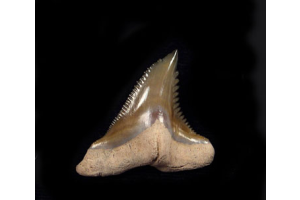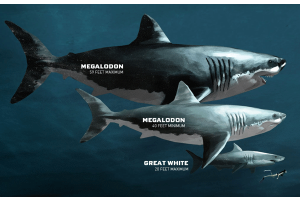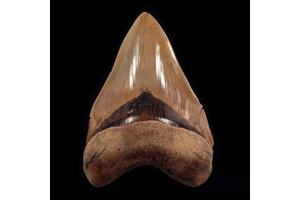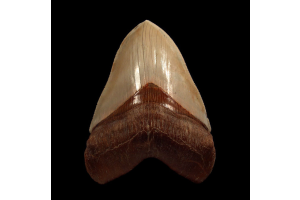
Madagascar is famous for its unique wildlife, but did you know it's also home to some of the most beautiful and fascinating fossils? Among these ancient treasures are Madagascar Ammonites, which have become a favorite for collectors and fossil enthusiasts alike. These spiral-shaped fossils hold secrets from millions of years ago and continue to captivate people around the world.
What Makes Ammonites So Special?
During the dinosaur era, a genus of marine mollusks known as ammonites went extinct. What makes them stand out is their stunning spiral shells and incredible preservation. These fossils come in a wide range of colors, including rich browns, red, & golden tones, and even iridescent ones. The beauty of their shape and pattern makes them not just fossils, but works of art from nature’s past.
Each Ammonite fossil is a snapshot of ancient life that existed over 100 million years ago. These creatures lived in the seas, and their spiral shells protected them as they swam through the ocean.
The Fascination Behind the Spiral Shape
The spiral shape of Ammonite shells isn’t just visually appealing—it has a purpose. This shape helped the creature control its buoyancy in the water, allowing it to float and move efficiently. Over time, these fossils have come to symbolize ancient life and the mysteries of the deep ocean.
For collectors, the appeal of these fossils lies in the unique formation of each shell. No two are the same, and each one offers a glimpse into a world that has long since disappeared.
Why Madagascar?
Madagascar is one of the few places where these fossils are found in such large quantities and in excellent condition. The island’s geology, rich in limestone deposits, creates the perfect conditions for preserving these ancient treasures. The fossils found here often show incredible details of the shell, and some specimens are even partially or fully preserved, making them highly valuable.
For fossil hunters, Madagascar is like a treasure chest, offering a chance to find fossils that are not only scientifically important but also incredibly beautiful.
The Value of These Fossils in Collections
When it comes to fossil collections, these pieces are highly prized not just for their beauty, but also for their rarity. As the fossil market grows, these fossils are becoming more sought-after. A well-preserved specimen can fetch a high price, especially if it displays intricate patterns or rare colors.
Collectors appreciate these fossils not just as relics, but as a window into the distant past. Many fossil collectors take great delight in showcasing their treasures, and possessing one is like owning a piece of the ocean's ancient history.
How to Start Your Collection?
If you’re new to fossil collecting, starting with these fossils is a great way to begin. These fossils are widely available, though finding rare, well-preserved specimens can take time and patience. Here are some tips for starting your collection:
- Research: Learn about the different types of Ammonites and what makes each one unique.
- Purchase from Reliable Vendors:Verify that the fossil you're purchasing is genuine and comes from reliable sources.
- Storage: To prevent damage, keep your fossils in a dry, safe location. Proper care is crucial.
Conclusion
It's like clutching a piece of ancient history when you own this. These fossils provide a special link to the distant past, regardless of your level of experience as a collector. Their intricate spiral shapes and stunning colors make them more than just fossils—they are reminders of life millions of years ago.
A Madagascar Ammonite is not only a collector’s dream, it’s a timeless treasure that brings the wonders of the ocean to your fingertips.










